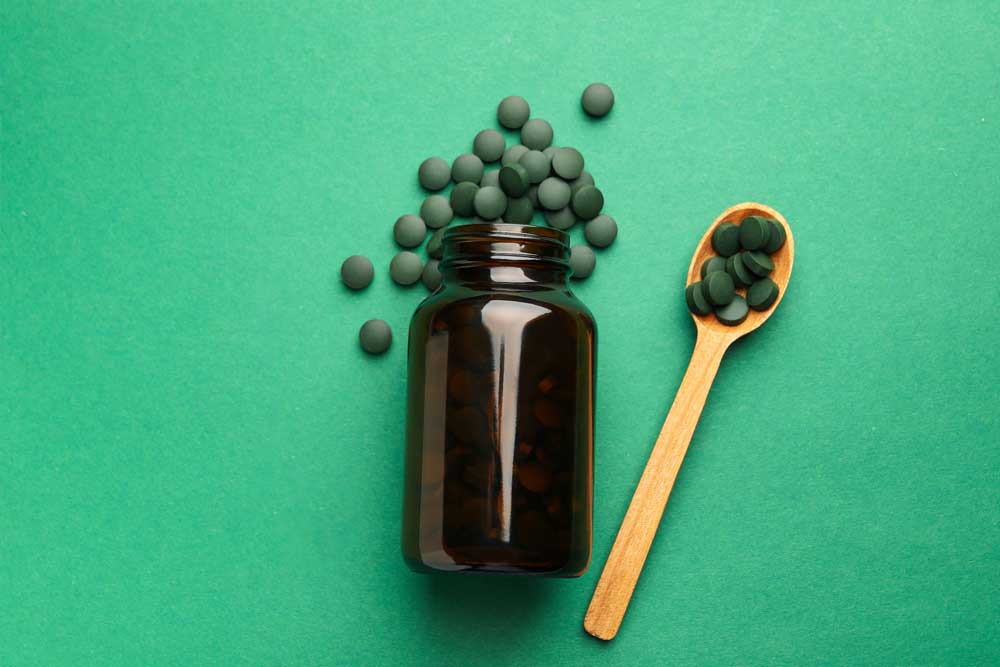BRITTLE NAILS DEFINITION
While the term brittle nails is quite self-explanatory, nail changes in menopause can take many different forms. These can include nails that are prone to flaking, dryness, ridging, or breaking among other issues. You may hear your healthcare provider calling this Brittle Nail Syndrome (BNS).
Discover your personalized treatment options

HOW LIKELY ARE BRITTLE NAILS DURING MENOPAUSE?
- Brittle nails are common. Around 20% of the general population is affected, with women twice as likely to be affected as men
- Brittle nails become even more common as you go through menopause. It is thought that this is due to the way reduced estrogen levels affect the nail plate – the structure that controls the formation of your nails
- These changes can begin in perimenopause. For most, this will be in your mid-40s although it can be earlier or later
- Certain medical conditions can also make nail changes more likely. The most common is a fungal infection, but others include psoriasis, thyroid problems, and diabetes
- Medications can also cause similar damage to the nails. This is most often seen with chemotherapy, but can also be related to the use of retinoids, sodium valproate, and certain antibiotics among others
Read more about the stages of menopause.
TIPS TO HELP WITH BRITTLE NAILS DURING MENOPAUSE
Check in with your healthcare provider
Menopause is just one of many causes of brittle nails. Your healthcare provider will be able to help you ensure there is no other problem causing this issue. They may want to examine you, send nail clippings to the lab, or run some other tests.
Moisturize often
It is thought that nails with lower water content are more prone to developing weakness and breakage. Applying moisturizer regularly is recommended to help maintain hydration.
…but keep your hands dry!
Having your hands in water repeatedly or for long periods is associated with damage to the nail plate. If having your hands in water is essential – such as part of your job – consider using gloves to protect your nails. However, it is important to ensure that your hands are thoroughly dried before putting your gloves on, as working with gloves on wet hands is associated with more brittle nails. Consider wearing cotton gloves to soak up extra moisture under a waterproof pair.
Check your activities
So-called mechanical microtraumas – repeated small bumps and knocks – can lead to nail fragility. This may be particularly relevant if your job requires a lot of manual work.
Avoid chemicals
Ensure that your hands are protected from any chemicals and solvents by using gloves and other protective measures. This may be especially important if you work in an industrial, medical, or lab setting, or if you enjoy painting or developing photos. Certain chemicals are known to affect the nail plate and remove the lipids, or fatty acids, that support good nail health.
Avoid professional manicures
These seem to increase your chances of brittle nails, with one study finding a three-fold increase in cases among those who had regular professional manicures. Nails can be damaged by both preparing the nails and removing nail polish.
Keep your nails short
Longer nails are associated with more rapid dehydration.
Consider supplements
While a healthy and balanced diet can contribute to good nail health, certain supplements are also thought to be beneficial. While the trials looking at them have been small, there is some evidence that Biotin, also known as Vitamin B7, may be useful, as well as collagen peptides.
Nail hardeners might help
There are several different formulas on the market, and they work in a variety of different ways. While some form a protective barrier over the nail, others contain keratin and silicon to strengthen it. These products are widely available without a prescription, although evidence is still emerging as to how effective they are.
Can hormone therapy (HT) help?
Possibly. Some women notice an improvement in their nail texture after starting HT. This is thought to be due to the effect estrogen has on collagen levels.
HT can also effectively treat many other symptoms associated with menopause, such as hot flashes, mood changes, and sleep disturbance, among others. However, HT is not typically prescribed for brittle nails alone. This is because of the way the risks of HT are weighed against their benefits.
Read more on the risks and benefits of HT.
HT is not suitable for everyone. Speak to your healthcare provider if you would like to find out more about the best treatment for you.





